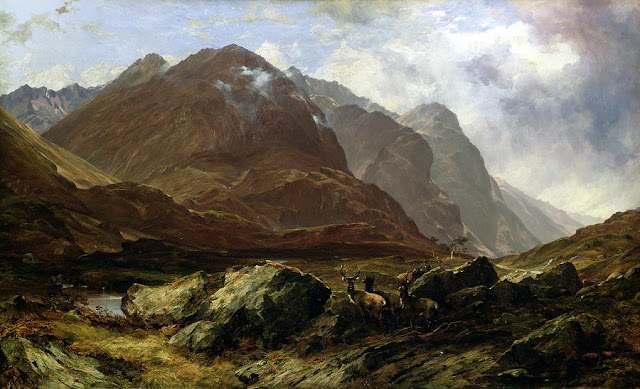Loch Lomond excursions
Climbing is deeply reassuring. Which seems odd to say, at first. There is so much anxiety around the climb, attached to anticipation, also to 'failure' and return, but when you are in the well, actually climbing, everything is as it should be – balanced. Climbing: it's not about imposing a sequence on the rock, more about accepting what choreography the rock will allow you, what it will release. It has to be studied in detail, with the body, not just the eye. Brushing and touching rock is the opening of the inner lens. The skin of the stone speaks with a deeper well of gravity and a resonance which can be felt only by touching the stone, gripping its friction, pulling into gravity's clasp and feeling that transmission of core and shaped mass. Shaped by pressure, wind, water, ice, the stone dictates its own movements from its own life. So when we boulder we are tracing something ancient rather than living any statement of the moment. Like following an invisible line or l



